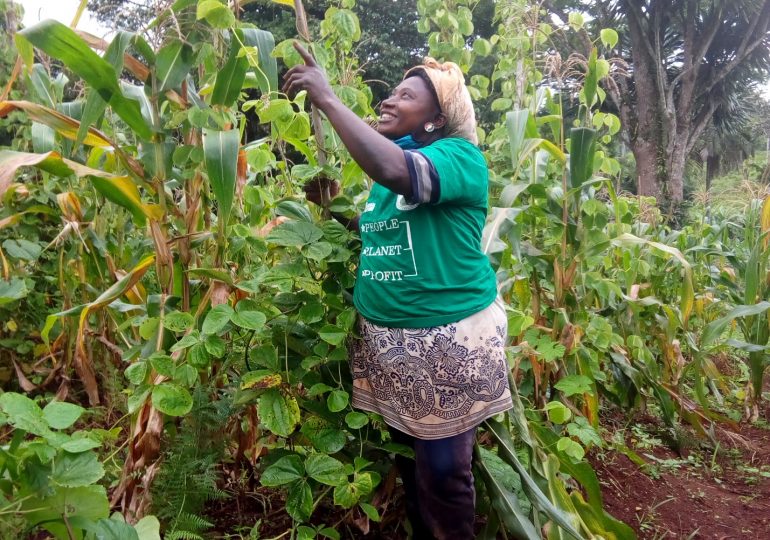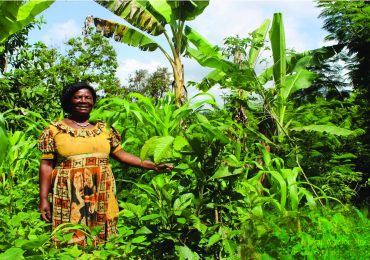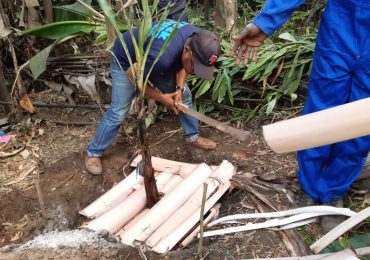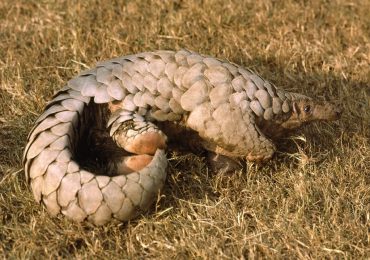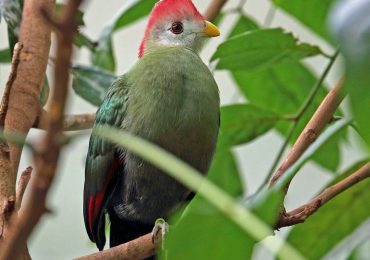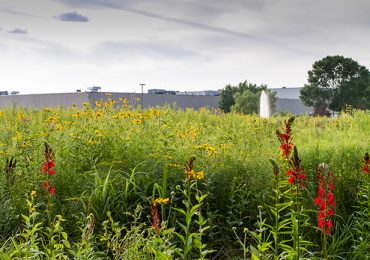Climbing beans are tall vinyl plants that grow upwards off the ground by twisting round any support that the vines can find. Prized for their tender, fleshy pods, the two most popular types are runner beans and French beans.
These beans are bigger in size, have more pods per plants, resistant to disease and have a ready market in Cameroon and internationally. Climbing beans have been proven to be the best type to grow for both domestic and commercial purposes. These are the same as the usual beans most of us know, only that they grow by climbing onto anything that supports them.
Acacia trees when mature, the branches are cut and used for several purposes such as wood. Tchueana Jeanne, a forest garden farmer in Bakassa, Haut-Nkam Division, uses these branches as support to grow climbing beans in her forest garden. Also, she uses maize to prop the climbing beans as an intercrop. She grows climbing beans for domestic and commercial purposes. “I make a lot of profit from the sale of these climbing beans especially when the price of a bucket of beans rises to about FCFA12000”, Jeanne added.
According to Dr Michael Ugen, a Principal Research Officer at National Crops Resources Research Institute (NaCRRI) at Namulonge, when given adequate attention, climbing beans yield twice as much as bush beans. Also, they bear many pods per plant than the other types. “Climbing beans can yield 2,500 to 3,500 kilograms per hectare which is much more than the bush beans. This is because, climbing beans when well supported to climb as high as they can, bear more pods per plant which is not the case with bush beans,” he explained.
Climbing beans also mature faster under a favorable climate, have attractive flowers, are tasty, drop leaves when mature which improves on soil fertility and have a larger bean size.
Jeanne Tchueana encourages other farmers by saying one of the ways to reap big from climbing beans, is to ensure the land on which they are to be grown is well prepared with no weeds, has good amount of water and is fertile. Not only that. The farmers should ensure that they have enough support for the beans because they yield more when they have something to climb on. In the absence of sticks, they can cut sticks from mature acacia trees and use as support for the climbing beans to grow on.


